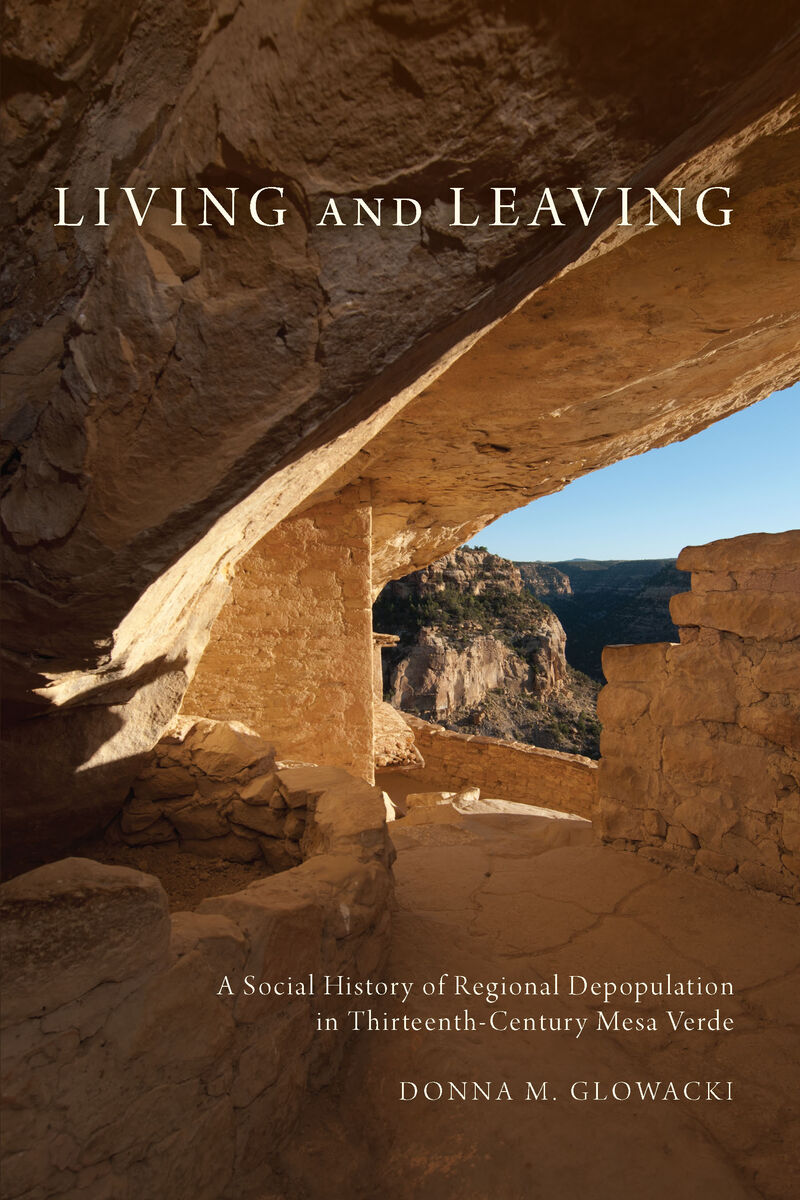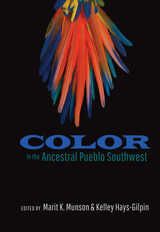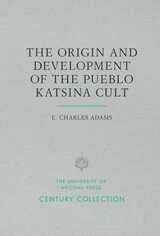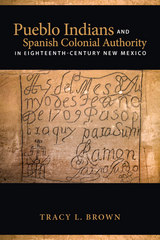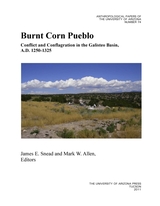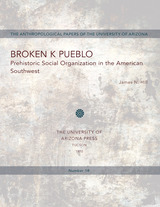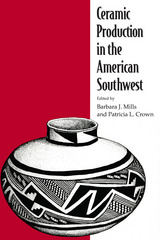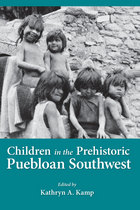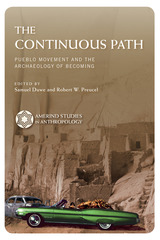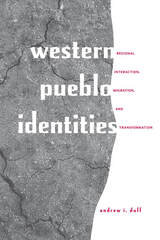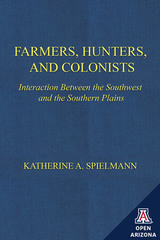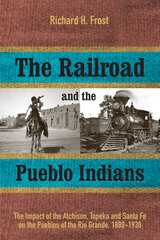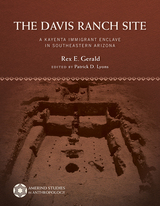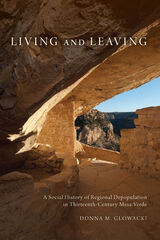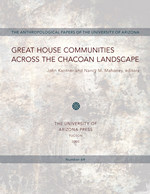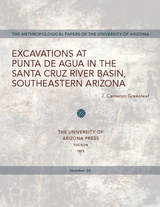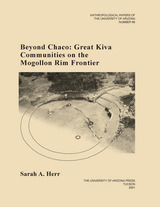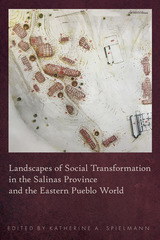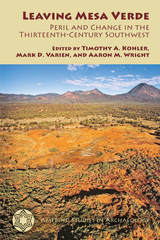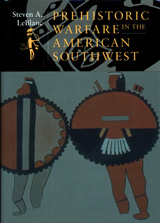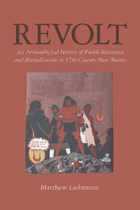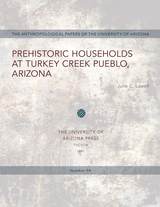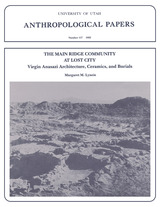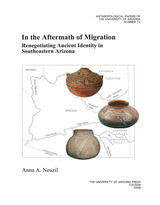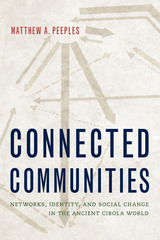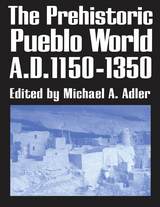Living and Leaving: A Social History of Regional Depopulation in Thirteenth-Century Mesa Verde
University of Arizona Press, 2015
Paper: 978-0-8165-5357-0 | Cloth: 978-0-8165-3133-2 | eISBN: 978-0-8165-0248-6
Library of Congress Classification E99.P9G55 2015
Dewey Decimal Classification 978.827
Paper: 978-0-8165-5357-0 | Cloth: 978-0-8165-3133-2 | eISBN: 978-0-8165-0248-6
Library of Congress Classification E99.P9G55 2015
Dewey Decimal Classification 978.827
ABOUT THIS BOOK | AUTHOR BIOGRAPHY | REVIEWS | TOC
ABOUT THIS BOOK
The Mesa Verde migrations in the thirteenth century were an integral part of a transformative period that forever changed the course of Pueblo history. For more than seven hundred years, Pueblo people lived in the Northern San Juan region of the U.S. Southwest. Yet by the end of the 1200s, tens of thousands of Pueblo people had left the region. Understanding how it happened and where they went are enduring questions central to Southwestern archaeology.
Much of the focus on this topic has been directed at understanding the role of climate change, drought, violence, and population pressure. The role of social factors, particularly religious change and sociopolitical organization, are less well understood. Bringing together multiple lines of evidence, including settlement patterns, pottery exchange networks, and changes in ceremonial and civic architecture, this book takes a historical perspective that naturally forefronts the social factors underlying the depopulation of Mesa Verde.
Author Donna M. Glowacki shows how “living and leaving” were experienced across the region and what role differing stressors and enablers had in causing emigration. The author’s analysis explains how different histories and contingencies—which were shaped by deeply rooted eastern and western identities, a broad-reaching Aztec-Chaco ideology, and the McElmo Intensification—converged, prompting everyone to leave the region. This book will be of interest to southwestern specialists and anyone interested in societal collapse, transformation, and resilience.
Much of the focus on this topic has been directed at understanding the role of climate change, drought, violence, and population pressure. The role of social factors, particularly religious change and sociopolitical organization, are less well understood. Bringing together multiple lines of evidence, including settlement patterns, pottery exchange networks, and changes in ceremonial and civic architecture, this book takes a historical perspective that naturally forefronts the social factors underlying the depopulation of Mesa Verde.
Author Donna M. Glowacki shows how “living and leaving” were experienced across the region and what role differing stressors and enablers had in causing emigration. The author’s analysis explains how different histories and contingencies—which were shaped by deeply rooted eastern and western identities, a broad-reaching Aztec-Chaco ideology, and the McElmo Intensification—converged, prompting everyone to leave the region. This book will be of interest to southwestern specialists and anyone interested in societal collapse, transformation, and resilience.
See other books on: Colorado | Living | Migrations | Pueblo Indians | Southwest, New
See other titles from University of Arizona Press
